Thermoplastic Elastomer Molding Guidelines:
TPE Design Considerations
- Press Tonnage
2.0 to 3.0 tons (1.8 MT-2.7 MT) of clamp per square inch projected total surface area. - Barrel Size
Individual shot size to be 40% – 80% of molding machine barrel capacity. - Maximum Residence Time
Maximum of 4 to 5 minutes (in the barrel). - Screw Selection
General purpose screws are acceptable. - Nozzle Diameter
Must be slightly smaller than the sprue base diameter in mold runner system being run.
- A general-purpose screw with a length-to-diameter ratio (L/D) of at least 20:1 is satisfactory.
- A compression ratio of 2.0:1 to 3.0:1 is preferred. A 2.5:1 compression ratio is applicable for most situations.
- Rapid-transition (nylon-type) screws are not recommended because of the excessive melt temperature and consequent degradation of the resins that can occur with them.
- Exception is RTP 2900 Series which with certain grades will process generally better with a nylon-type design screw.
- The part wall thickness should be as uniform as possible. Transitions from thick to thin areas should be gradual to prevent flow problems, back fills, and gas entrapments.
- Thick sections should be cored out to minimize shrinkage and reduce part weight (and cycle time).
- Radius/fillet all sharp corners to promote flow and minimize no-fill areas.
- Deep unvented blind pockets or ribs should be avoided.
- Avoid thin walls that cannot be blown off the cores by air-assist ejection.
- Long draws with minimum draft may affect ease of ejection.
The nozzle should be as short as possible. If a long nozzle is necessary, it should have a large internal diameter proportional to its length. It is essential that the nozzle and sprue bushing mate properly. The nozzle orifice should be slightly smaller (about 20%) than the sprue bushing orifice.
Vents should be placed at the last place to fill and in areas where weld lines occur. The typical vent size for TPE compounds is 0.0005 to 0.0010 in (0.012 to 0.025 mm) with a 0.040 to 0.060 in (10 to 15 mm) land. Past the land, the vent depth should be increased to 0.005 to 0.010 in (0.12 to 0.25 mm) to provide a clear passage for the air to exit the tool. Venting in areas below the parting line can be accomplished by allowing the ejector pin to be 0.001 in (0.0265 mm) loose on each side. Venting of ribs or pockets can be achieved by venting down an ejector pin. Ejector pin vents are self-cleaning, but should still be maintained and cleaned regularly to remove buildup.
An unbalanced runner may result in inconsistent part weights and dimensional variability. The cavity closest to the sprue may be over-packed and flashing may occur. As a result of over packing, parts may also develop high molded-in stresses, which lead to warpage.
| System Type | Advantages | Disadvantages |
|---|---|---|
| Cold Runner | • Lower tool cost • Easily modified • Enables use of robotics |
• Typically governs cycle time • Potential for cold slugs • Potential for sprue sticking • Scrap (though regrindable) |
| Hot Sprue or Extended Nozzle | • Faster cycle • Minimizes scrap • Easily maintained |
• Higher tool cost • Potential material degradation |
| Hot Runner | • No runner scrap • Faster cycle time • Precise temperature • Control |
• Highest tool cost • Purging • Material degradation • Maintenance |




